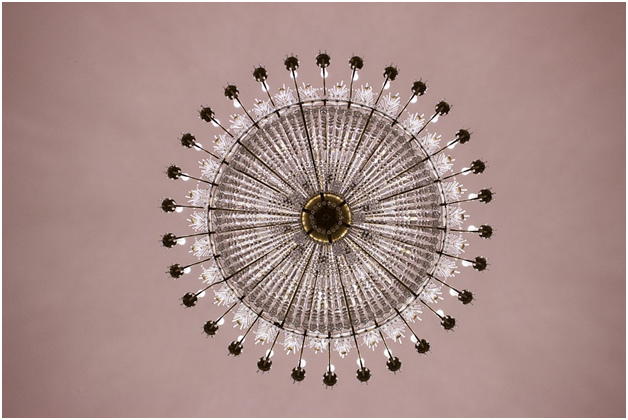The History of Antique Crystal Chandeliers
An antique chandelier is more than a run-of-the-mill light fitting. It is a stunning centre piece, talking point and impressive addition to your home. Antique chandeliers were originally the preserve of public buildings and stately homes, but they are now also found in the best private houses and chic apartments.

If you are a dedicated fan of antique crystal chandeliers or you are thinking of investing in one yourself, here is a quick guide to their history.
Origins and Early History
It is thought that chandeliers originated in the 15th century. The name is derived from the French word for candle holder (chandelle). The original chandeliers were indeed designed to hold candles.
According to respected historian Lucy Worsley, only rich people could afford beeswax candles. Poor people either went without light all together or used tallow candles, which gave off an unpleasant odour when they were lit and dripped hot wax everywhere.

They also required continual attention because the wicks had to be repeatedly trimmed. This made them completely unsuitable for chandeliers, and so high-level lighting was the preserve of the well-off.
The original chandeliers were designed to be moved around a building. A home would have one chandelier, and it would be moved by the servants to whichever room the family were entertaining in.
Within a hundred years, the designs had become more complex and had taken on a ring or crown shape. They were very popular as a status symbol amongst the nobility and merchants. This is still true today, and home owners who invest in chandeliers from suppliers such as http://roccoborghese.com/crystal-chandeliers/borghesina-classica/ are getting a luxury status symbol.
Gas and Electric Chandeliers
With the advent of gas lights, chandeliers were converted to run on this fuel. It was cleaner, more convenient and safer than candles. The early gas lights had to be lit manually, which would have been a job left to the servants. However, later some self-lighting models became available and were very popular.
Eventually, in the late 1800s, gas lights gave way to electricity, and all chandeliers became electrically operated. It was Thomas Edison who invented the first light bulb. Once they became available in a variety of shapes, they could be adapted for use in chandeliers.
These days, electrically powered chandeliers are an asset to any stylish home.
